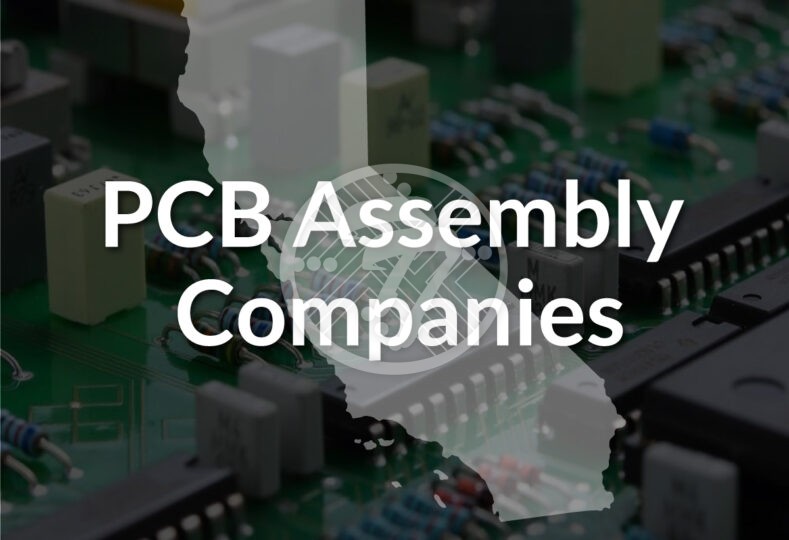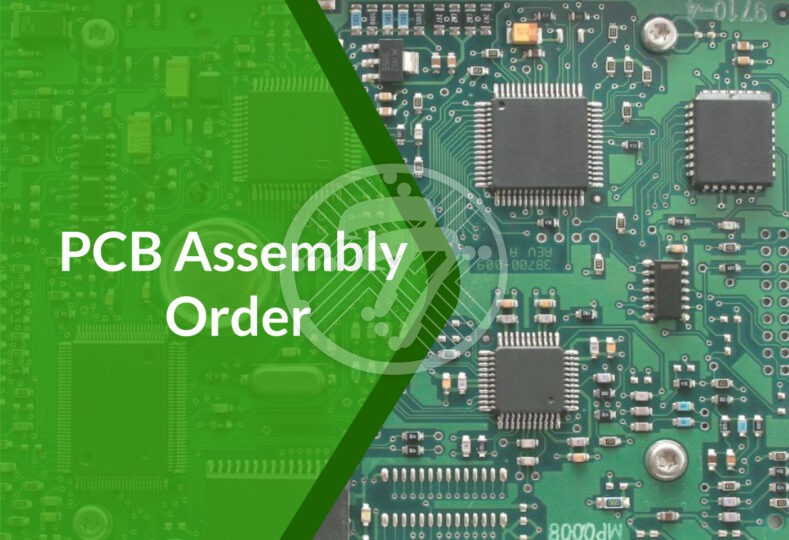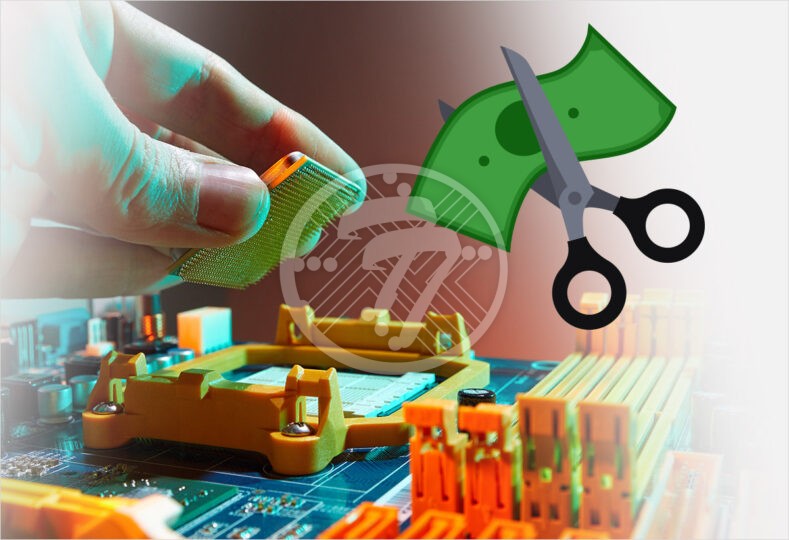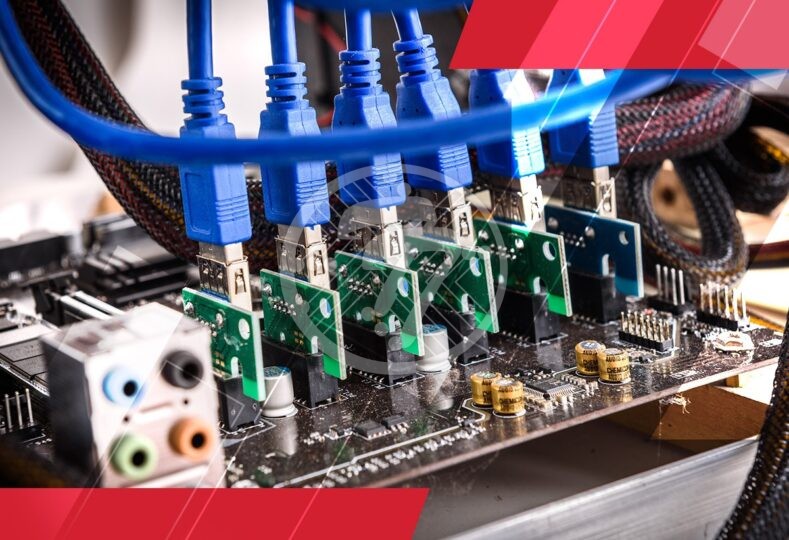How to identify the top PCB assembly company in Southern California?

The PCB manufacturing industry is agile and requires proactive assembly service providers. Technical expertise and high-quality manufacturing processes are essential for building successful PCB assemblies. Not all contract manufacturers can offer cost-effective and reliable PCB assembly services. Issues like mismatched CAD tools, inconsistent manufacturing methods, and poor testing support are common in many assembly companies. But Southern California is known for advanced technology and proficiency in PCB assembly services. Identifying the best contract manufacturer needs a comprehensive assessment of all the existing service providers on several parameters.
The PCB assembly involves the mounting of electrical components on a bare board to make it a working circuit. There are two common assembly methods used by contract manufacturers. They are the Surface Mount Technique (SMT) and the Through Hole Technique (THT). Surface mount parts are assembled using SMT and through-hole parts are soldered using THT techniques. The contract manufacturers have to follow the industry standards during these assembly processes to assure quality output. Also, having more than one sourcing channel is mandatory to mitigate any shortage or unavailability of components before starting PCB assembly.
It is recommended to check if the contract manufacturer has experience in the domain of your end product. PCB assemblies used in the medical, aerospace, and automotive sectors have to be compliant with their corresponding industry standards. Most assembly companies display their certification details on their websites. You can verify the same and ask for their previous customer reviews for added assurance. Read further to know the important checkpoints while choosing the best service provider for PCB assembly service in Southern California.
Guidelines to identify the best PCB assembly company for your product:
1. List your service requirements
Based on the design features and complexity of your product, list down the services you require from the PCB contract manufacturer. Consider the lead time, quantity, and cost budget. It is recommended to plan for both assembly and testing of PCBs from a single vendor. Turnkey service providers offer a bunch of services like design review, component procurement, assembly, testing, debug support, storage, shipment, and after-sales services. You can spend enough time understanding your requirements and then proceed with choosing the best PCB assembly services.
2. Verify the company’s domain experience
The PCB assembly company must have prior knowledge of your target domain. Handling IPC class 2 and class 3 PCB assemblies demand technical proficiency and substantial experience. Find vendors who have demonstrated quality output in the same sector. You can ask for references or previous client reviews to learn about their capabilities. The material choice, soldering techniques, and test setups differ as per requirement of printed circuit board assemblies.
3. Check for the quality standards and certifications
There are industry standards established to regulate the quality of electronics manufacturing services. Choose PCB assembly company that is certified as follows:
- ISO 9001 for general quality assurance
- IPC-A-610 for acceptability of electronics assemblies in different sectors like medical, aerospace, and defense.
- AS9100 for aerospace PCBs
These certifications should be timely audited by third-party companies as they are not just a one-time process. The assembly companies have to adhere to the standards and train their staff to follow the set procedures. For RoHS PCBs, the service provider should avoid restricted materials in every stage of PCB assembly.
4. Evaluate the Supply chain management
Top PCB assembly companies will have robust supply chain management in place. The ability to source authentic parts and materials for PCB assembly involves strong communication and networking. Experienced PCB assembly providers will review the final Bill of Materials (BoM) and plan procurement strategically. They will have multiple sources to tackle any component shortages and obsolete parts issues. Also, they source from the approved vendor list to avoid counterfeit parts in their inventory. An updated inventory management system is a must to identify and track materials on the shop floor.
5. Understand the process agility and technological competence
Today’s PCBs are designed for advanced technologies like high-density interconnect (HDI), high-speed, and high-power applications. Flex and Rigid-flex PCB assemblies have special requirements to add auxiliary fixtures and stiffeners. Assembling such complex PCBs is feasible only with modern equipment and trained staff. Your assembly provider has to support product customization and should accommodate changes if required. Evaluate their assembly line for flexibility along with technical capabilities.
6. Look for a transparent customer suppor
Before placing an PCB assembly order, do check if they offer dedicated support for your project. They have to be open to discussions and clear in their communication. If there are delays or ambiguities in their reply to your queries, then it is a warning to reconsider.
7. Acceptable cost and timelines
Contract manufacturers will charge you more to assemble PCBs in a shorter timeline. Go through the quotation and understand the pricing offered. It should match the required services and quality standards. If correctly planned, you can save a good amount on the assembly services without compromising on the quality.
The top PCB assembly companies can easily check if your design is feasible for fabrication and assembly. They can identify ways to improve manufacturability in the design stage itself. Best contract manufacturers track market trends and ensure component availability for your PCB assembly. Their excellent documentation process captures the required data to assist you in future revisions. Top assembly companies integrate advanced test processes to detect errors at the first instance. This reduces the turnaround time significantly.
Conclusion
An accurate evaluation method will guide you in identifying the top PCB assembly companies in southern California. As discussed in this article, factors like industry reputation, design support, technological abilities, supply chain management, industry certifications, and customer support are the key points to consider. Investing time and effort can help you to find the best assembly company aligning with your product specifications.
TechnoTronix – Top PCB assembly company in South California
At Technotronix, we have over 40 years of experience in fabricating and assembling high quality PCBs. We use advanced technology circuits to take control of the plenary process of PCB assembly services. We are working successfully for our customers in varied industries like aerospace, telecommunication, defense, medical, automobile and robotics. You can count on us for high quality PCBs, no matter what the level of complexity.
Get a quick PCB assembly quote or email us on [email protected] or call us on 714/630-9200 to ask your queries related to our custom PCB manufacturing services.









